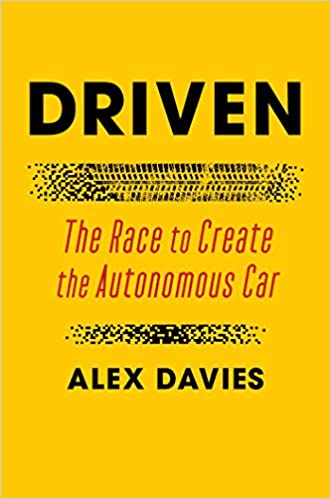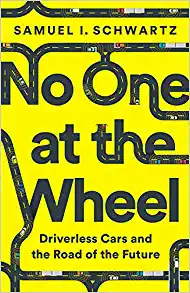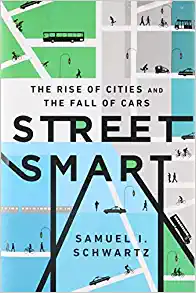Autonomous Vehicles
An Autonomous Vehicle, or Self-Driving Car or Autonomous Car, is a vehicle driven by an automatic driver that can use artificial intelligence (AI) to move the car from one point to another without human intervention. This development has the potential to initiate both positive and negative social changes and raises ethical questions.History
You might think that self-driving cars and electric cars are both a fairly recent invention. However, the concepts of both cars are over 100 years old and the autonomous car has long captured the imagination. If you want to learn more about where these concepts originate from and who invented them, you can visit our dedicated page on the history of the autonomous vehicles.
Societal impact
The concept of the self-driving car, as with more applications of artificial intelligence, has the potential to bring about major societal changes. Such as:
- Traffic congestion: As freight transport becomes automated, it is likely that it will increasingly take place at night, relieving the burden on roads during the day.
- Speed: Since self-driving cars react faster than a human, the maximum speed can go up.
- Car ownership: Many people own a car but it sits idle most of the time. This creates opportunities for car rental companies to offer a car-on-demand that comes to the front when the driver needs it.
- Unemployment: Taxi and truck drivers may not be needed anymore in the future and the costs of freight and passenger transport will decrease as a result.
- Mobility: People who cannot drive themselves, because they are too young, too old or blind, will become much more mobile and less dependent on assistance because they can drive a car themselves.
- Terrorism: A potential danger is that terrorists will use a self-driving car to deliver a bomb or hack into cars to drive into people.
Ethics
The use of self-driving cars seems to be a safe alternative to the human driver. For example, a computer will never suffer from fatigue, laxity, haste or being under the influence of alcohol. Self-driving cars will react faster to danger anyway. A person usually takes a second to react while a computer reacts immediately. At low speed, a self-driving car will already be stopped the moment a human driver just starts braking.
However, accidents will not always be avoidable. When self-driving cars become commonplace, the law will have to answer how a car should react when an accident is inevitable. This raises difficult ethical questions. For example, when a collision is inevitable and the car must choose between colliding with a cyclist, a tree, or an oncoming car. If the car wants to protect the board, the cyclist is the right choice but then the cyclist has a high chance of death. When chosen the tree will kill the driver. If the oncoming car is chosen, both the occupants of the oncoming car and the driver's own occupant(s) are likely to be injured. In the current legislation, a driver can appeal to the panic of the moment but for self-driving cars, legislation will have to be introduced to deal with these difficult choices.
Human Factor
(Semi-)self-driving cars may be safer, for example to keep the car within the lines, but since this possibility exists it appears that drivers also pay less attention or are even on their cell phones while driving. Thus, the increased safety also causes more reckless behavior.
Another problem is that self-driving cars will not be able to drive on every road surface, in chaotic situations or with every type of weather for a long time to come. The driver will have to take over in certain situations but they will have greatly reduced driving skills due to years of convenience, will not have a good feel for the car and will still be at the level of a novice driver even after years.
Pedestrians will also have to learn to interact differently with self-driving cars since no more eye contact can be made with the driver. Thus, the car cannot indicate whether it is about to drive off or whether it wants to let a pedestrian go first.
It is possible that self-driving cars will run into unusual deadlocks. For example, when four cars approach an intersection from four directions and all four continue to wait for one of them to move. Something that would be solved automatically with human drivers.
Upgrade your own Car
Media
Visit our media section for a complete overview.



